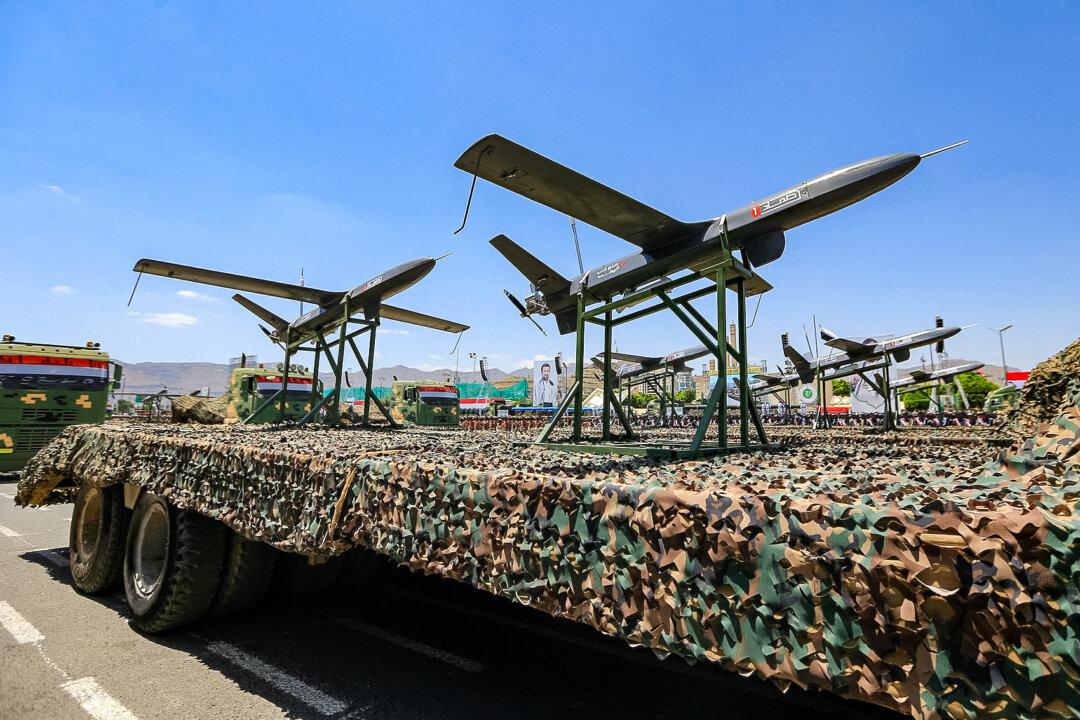American military forces have successfully destroyed several Houthi uncrewed aerial systems (UAS) launched from areas around Yemen and over the Gulf of Aden in the last 24 hours or so, according to U.S. officials.
In an Aug. 5 update, United States Central Command (CENTCOM) said three Houthi UAS launched from areas around Yemen were destroyed over the Gulf of Aden. A Houthi UAS in a Houthi-controlled area of Yemen, one uncrewed aerial vehicle (UAV), and an anti-ship ballistic missile (ASBM) in the Red Sea were also destroyed.





